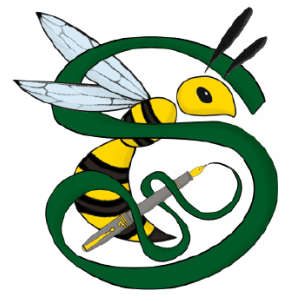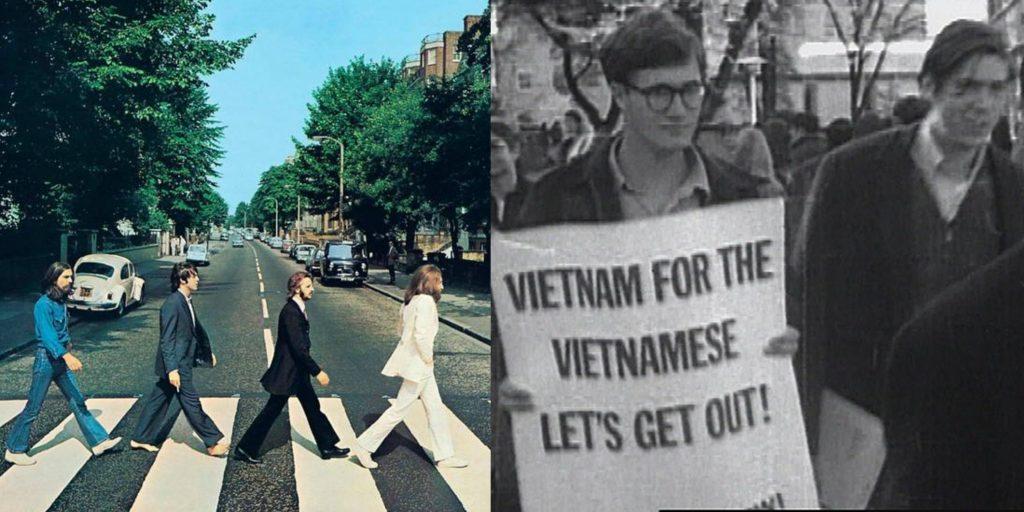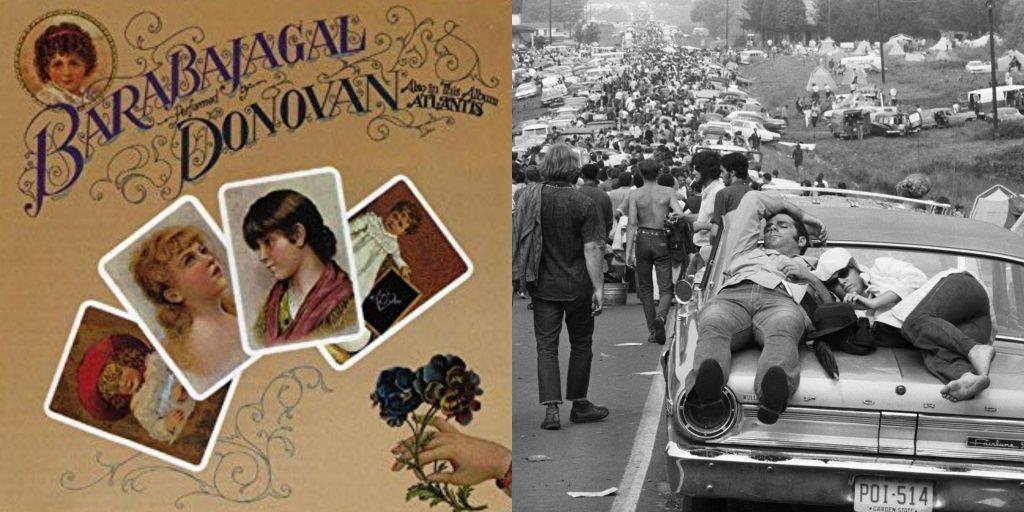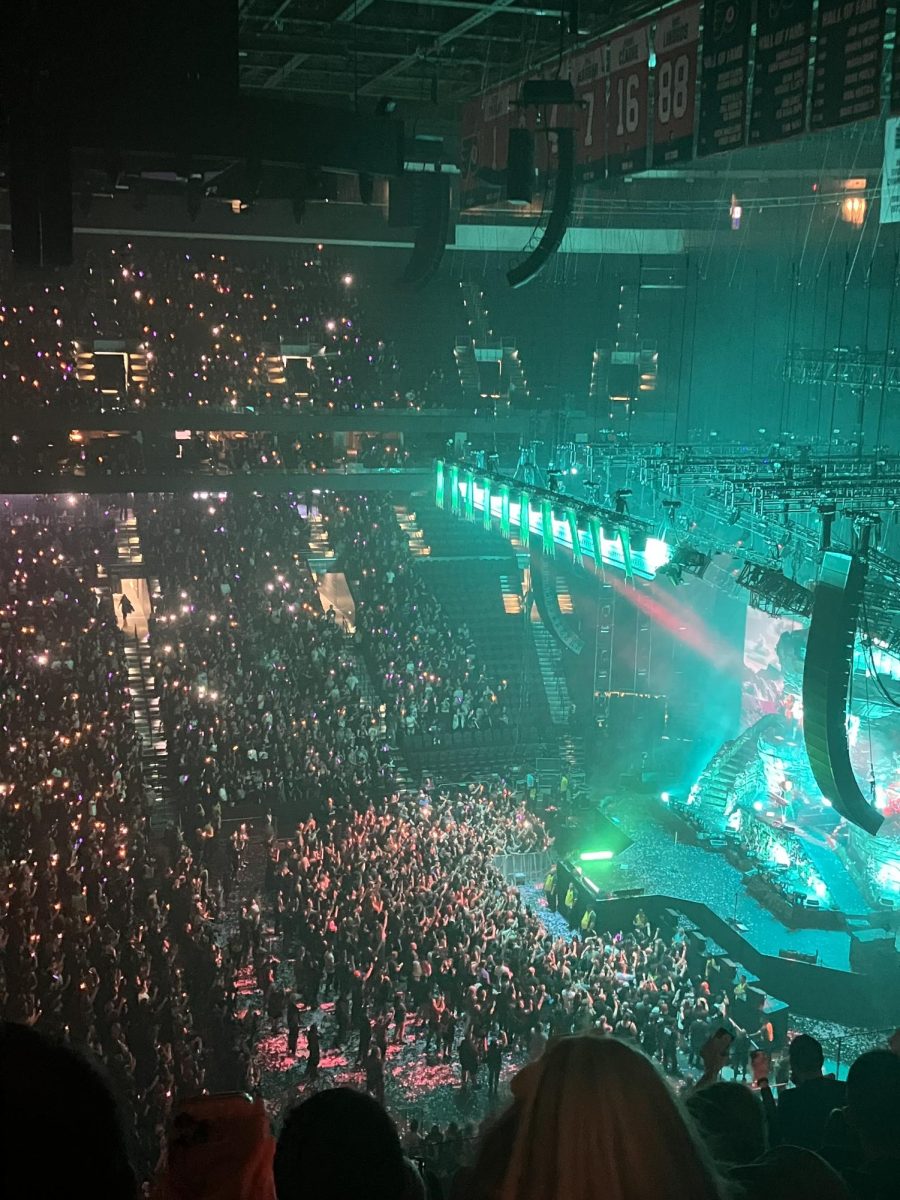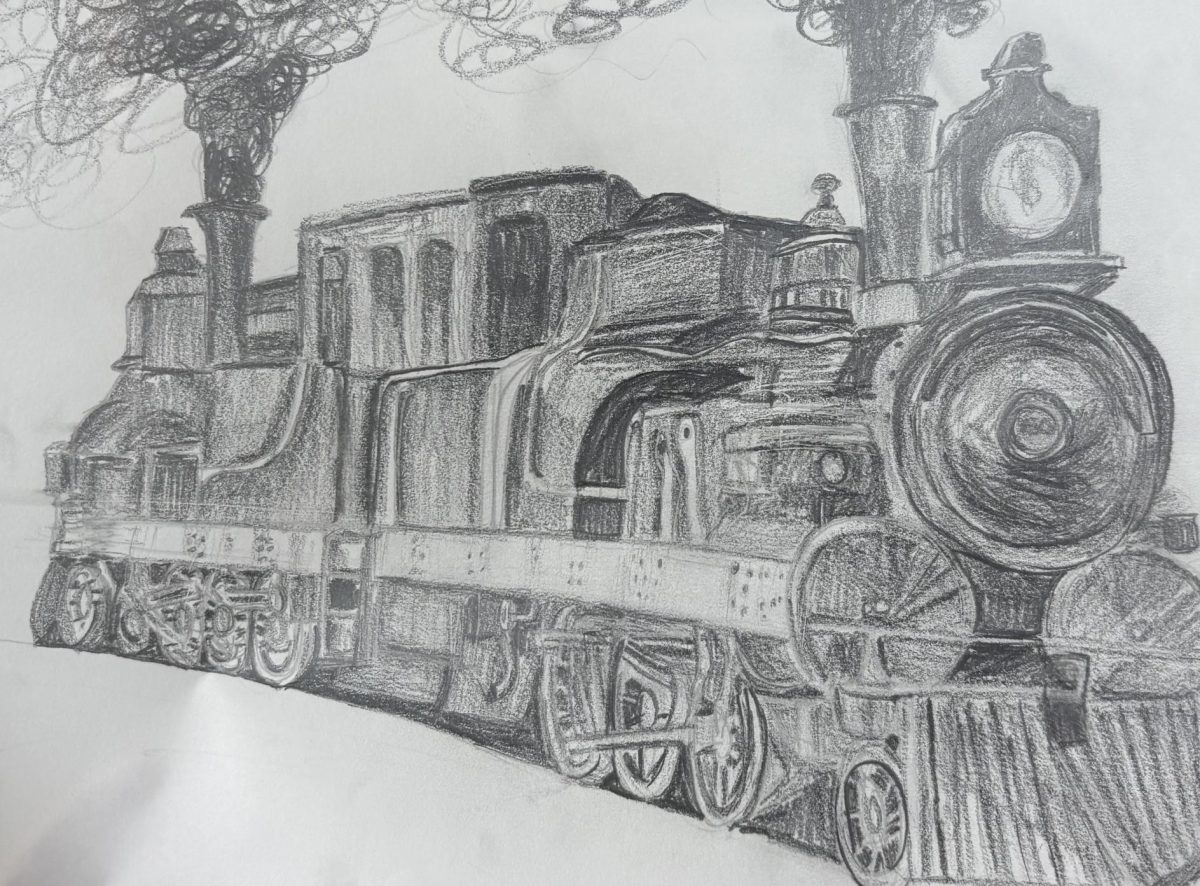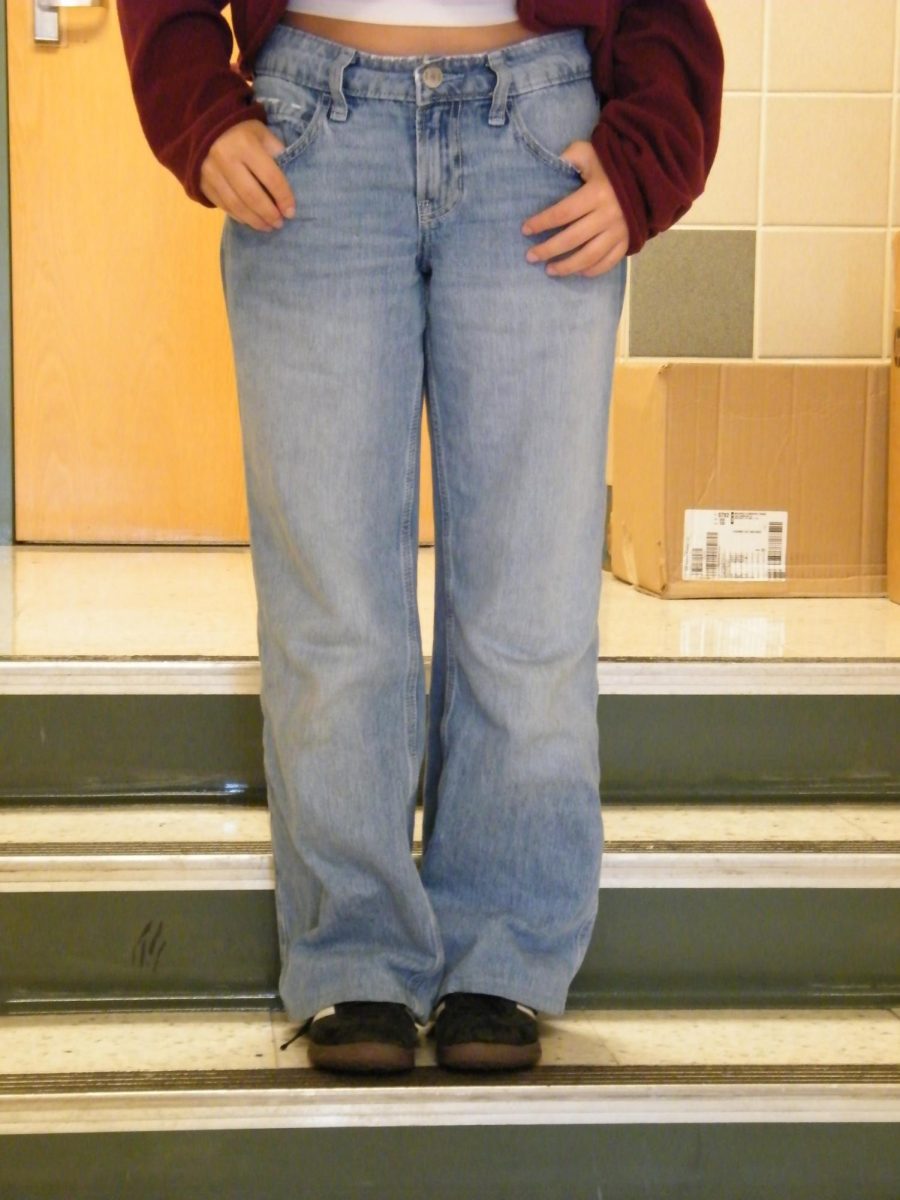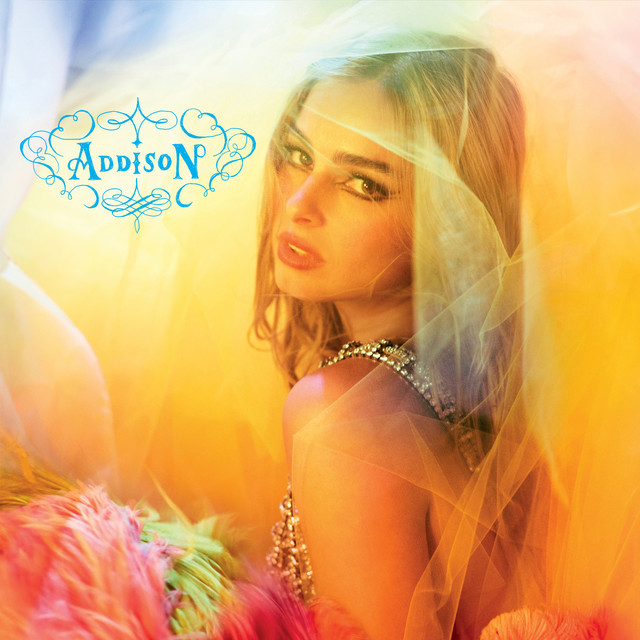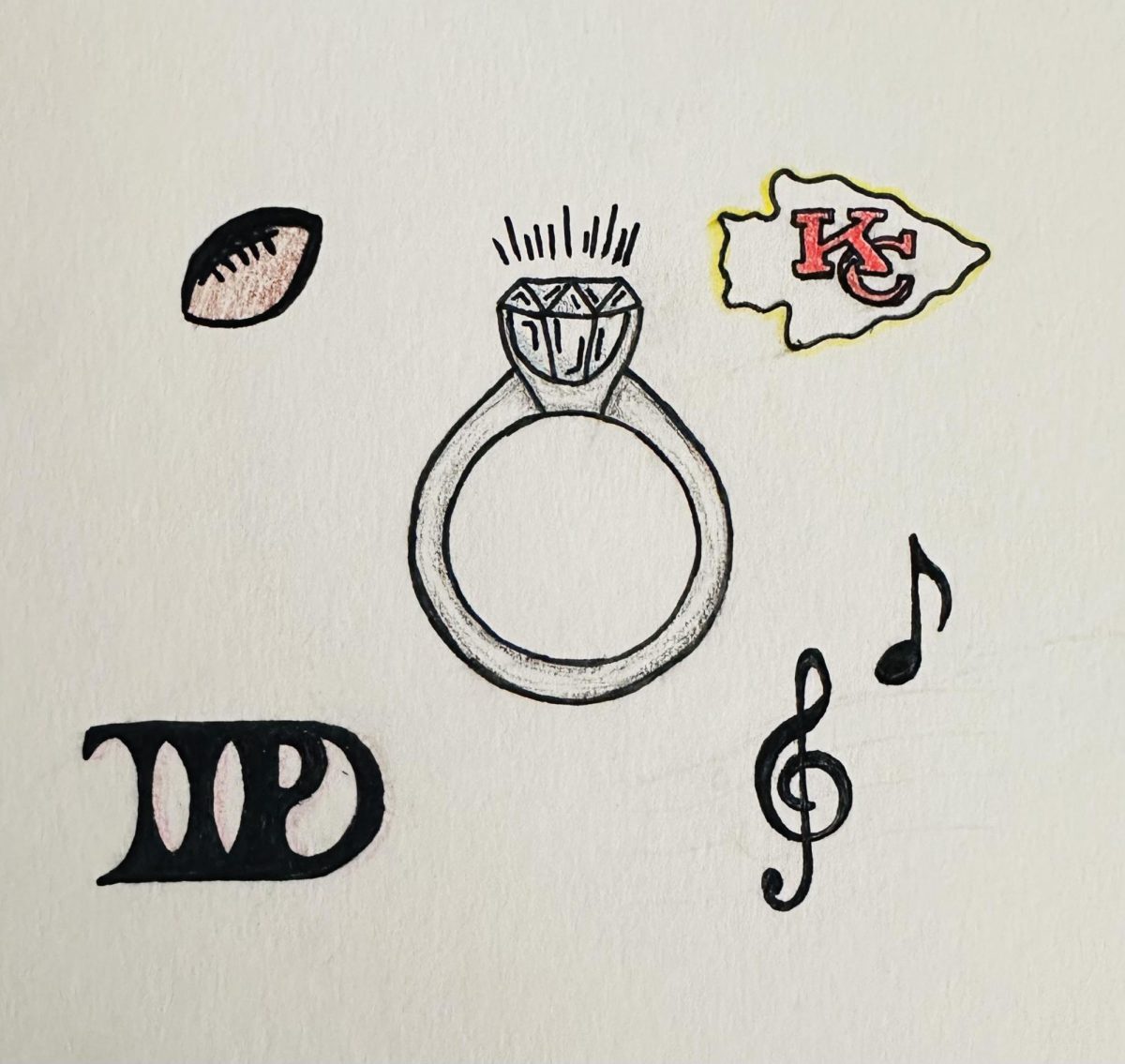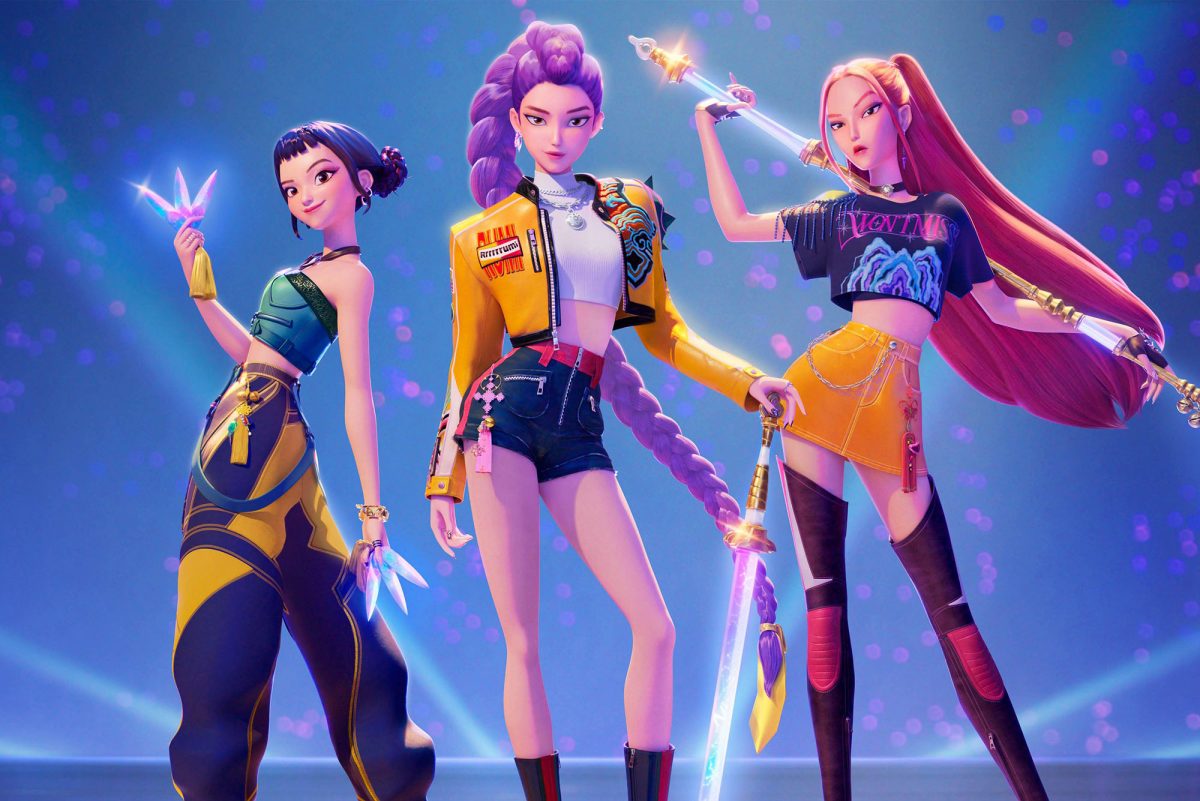By 1969, both the Beatles, and American culture were torn. Almost a year after Richard Nixon was elected, the Frayed Four released what would be their final recorded statement Abbey Road, and a little over a month later, 15 million or more would take to the streets in protest of the Vietnam War, at the Moratorium to End the War in Vietnam.
The story of the Beatles is one of changes, and evolutions. Kickstarting the British Invasion with their famed Ed Sullivan performance, the Beatles released quality Garage-Pop in Please Please Me (1963), and With the Beatles (1963), but in hindsight didn’t really blossom until 1964’s A Hard Day’s Night. The group immediately set themselves apart from the other bands in the British Invasion through their influences. Where most bands, such as the Rolling Stones and the Animals had their roots in blues music that they mixed with early rock and roll to create what was then known as R&B (Rhythm and Blues) music, the

Beatles did not display much of a blues influence, instead being more devoted to the early rock and roll. They then began to become more influenced by their contemporaries following the more complex songwriting of A Hard Day’s Night, the Dylan-esque Beatles for Sale (1964), and Help! (1965).
Their first major transformation comes in the form of Rubber Soul (1965), a folk rock effort, influenced by Dylan and the Byrds. They then evolved into psychedelic gurus, mixing experimental music and pop in Revolver (1966) Sgt. Pepper’s Lonely Hearts Club Band (1967), and Magical Mystery Tour (1967). The group’s visit to India in early 1968 can be seen as the psychedelic period’s end, beginning their last phase, in which their songwriting merges all the styles they had explored throughout the decade, consisting of The White Album (1968), Let it Be (1970, though it was mainly recorded in early 1969), and Abbey Road (1969).
Abbey Road stands as the last recorded statement the Beatles did together, after the frayed Let It Be sessions. Bringing George Martin back on as producer, and trying to piece together another great work, just as they had many times before.
During the sessions John Lennon expressed desire to have the whole record be made of regular songs, while Paul McCartney wished to use a medley. Because of this, the record is split between two sides, with the first being comprised of regular songs, and the second featuring the proposed medley.
Album opener, “Come Together” is a song written by Lennon, originally created to be a campaign theme for LSD wizard Dr. Timothy Leary (“Turn on, Tune in, Drop Out”) in his race against Ronald Reagan for the position of Governor of California. It is a blues based rocker, with Lennon expanding on the lyrical style of near-nonsense featured on previous compositions such as “I am the Walrus” and “Glass Onion.” It is the perfect song to open the record, due to it’s rollicking nature and energy, but does not spoil the mood by being too high energy to start off. McCartney’s bass line for the song has become iconic, and the other lead instruments move the song along perfectly, while Ringo Starr plays one of the great performances of his career.
The next song “Something,” written by George Harrison is quite highly regarded as a love song, and slows the tempo of the album. The lead guitar on the track is quite good, and flares to the song, and provides a very melodic opening riff to the track. Unfortunately, I must take offence with the song’s legendary status, as I consider it quite a drone.
Harrison had been working on his songwriting craft, and had been providing a quality couple of songs to the Beatles records since around Rubber Soul. Displaying talent in folk rock (on the aforementioned Rubber Soul), he added color to the groups sound with his passion for Indian music, crafting songs like “Love You To” and “Within You Without You” in that mold. Other psychedelic contributions “Taxman” and “Blue Jay Way” are highlights of their respective albums. “Something” does not fit with his normally mid-tempo to upbeat style, and features sub-par lyrics that start thoughts, but never really finish them (“Something in her style she shows me”). Perhaps in a different place in the tracklist it could have worked better, but this early in the album, it puts concrete weights on the momentum. I will say however, that it is definitely a better song than the next track on the album, “Maxwell’s Silver Hammer.”
By this album, McCartney had somewhat of a domineering persona among the Beatles, made all the more annoying to the other three by songs like “Maxwell’s Silver Hammer.” The issue had really started manifesting on the White Album
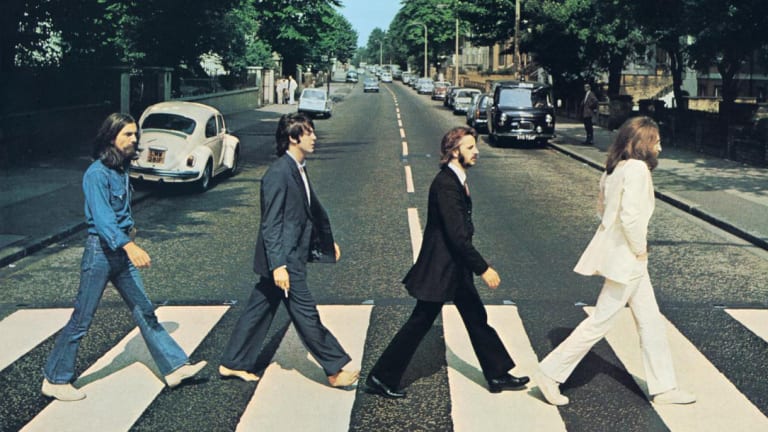
with songs like “Martha My Dear” and “Ob-La-Di, Ob-La-Da”, and reached it’s peak with this song. Telling the story of a homicidal college student through a music hall filter, it is one of the most deservedly maligned songs in the Beatles’ catalogue. The only reason it got on the album (all the others despised it) was because McCartney commanded it. One could say that “Maxwell’s Silver Hammer” is shorthand for why the Beatles broke up. The other members could no longer deal with having to do take after take towards songs that they did not want to play.
McCartney somewhat redeems himself on “Oh! Darling”, a doo-wop pastiche that is fun if not substantial. McCartney gets some good screams in, though perhaps Lennon was right when he said that the song suited his range a little better. After that Starr proves himself the worst of the songwriters in the Beatles through “Octopus’ Garden”, a spiritual sequel to “Yellow Submarine” featuring some great guitar leads from Harrison and not much else.
The album takes a massive leap in quality with the Lennon opus “I Want You (She’s So Heavy),””, an epic track that blows everything previous on the album out of the water. Lennon’s simplistic primal lyrics screamed at the top of his lungs (the wailed “yeah” about four and a half minutes into the song is the best moment on the album), McCartney’s fantastic bass, Harrison’s perfect guitar leads, as well as some of Starr’s greatest fills, and session keyboardist Billy Preston’s leads and smashing of the chord before the bass breakdown all make this the one of the jammiest Beatles songs, and a true achievement in a new style that was just coming into existence. Following the noise deconstruction and sudden stop at the end of “I Want You” comes “Here Comes the Sun” another great song, this time from Harrison. An upbeat acoustic rocker with great harmonies, the song wouldn’t be amiss on Revolver, and is another highlight, as well as the last full song on the record.
Then comes the medley. It begins with “Because,””, a dark psychedelic piece that borrows from Beethoven’s “Moonlight Sonata.” With drug-influenced lyrics mixed with nature imagery. It starts off the proceedings nicely, moving then to “You Never Give Me Your Money” a mini medley in itself. “Money” points to McCartney’s solo albums greatly, with its’ use of hokey voices, and it is another vaudeville tune. After that downtick, comes “Sun King” a Lennon composition that showcases the group’s harmonies ((,as well as Lennon’s skill at speaking nonsense words.).
The best two songs on the medley “Mean Mr.Mustard” and “Polythene Pam” follow. Both Lennon-penned, the former is a mid tempo lazy-day rocker about a grouch that features a wonderful vocal melody. The latter is a hard-driving rocker, with Lennon giving his best sneer. The next three songs in the medley are reminiscent of “You Never Give Me Your Money” and are probably skippable. The last song “The End” let’s all the members solo, with Starr performing his only drum solo, and Lennon, McCartney, and Harrison all playing guitar solos. The track is very melodic, energetic, and fun, and gives the Beatles final mission statement: “In the end, the love you take is equal to the love you make.” After “The End,” comes “Her Majesty” (rock’s first hidden track!) a short melodic ditty about the queen, that is probably the best McCartney song on the album (if only it were longer!)
The Beatles planned another album following the release of Abbey Road, but it was unfortunately never to be. The personalities were just too disparate to “come together” one more time, as clearly evidenced by their respective first solo albums. And just as the Beatles decided that they couldn’t in fact work it out anymore, the young Americans were deciding that maybe it was time to break it off with the previous generation.
The Vietnam War had been going on for two presidential administrations, and was the clear vitriolic target of the youth counterculture since at least 1965. The draft can be easily singled out as the reason for this. It was really in the self-interest of the young to oppose the war in Vietnam, as so they would not be shipped off to die over there. To quote Jack Bruce, “Don’t let them take me to where streams are red, I want to stay here and sleep in my own bed.” Of course most people also opposed the war morally, and for a good reason. It was an illegal, and immoral war, and we should have never gotten involved to begin with.
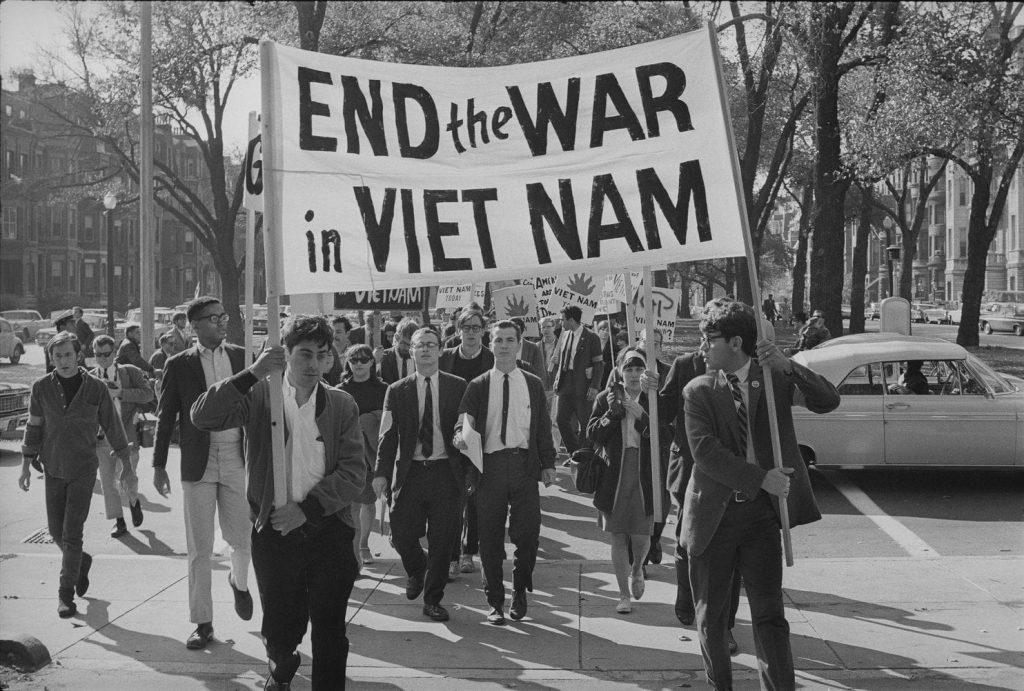
By 1969, Richard Nixon was the president, and he was ramping up the United States’ involvement in Vietnam. The bombing of Cambodia in early 1969 ranks up there in the atrocities committed during wartime by the United States, and the fact that hundreds of thousands of people (around 50,000 of them being from the U.S.) had died in Vietnam up to this point. Protests on University Campuses were well attended, no massive protests (like those in the civil rights movement) had occurred as of this time. A group of people who took the name the Vietnam Moratorium Committee sought to organize a protest that would appeal to a larger demographic, and succeeded. They studied the tactics of the civil rights movement, and employed them to attract more people to the anti-war movement.
Before this, the protests had been mostly been represented by the highly radical New Left, and the youth counterculture, two groups that were scary, and representative of change to the old establishment. The Committee sought to find more respectable faces for the movement (respectable at least to the old generation.) By assembling the middle class and protesting in a rather non-confrontational manner, the Moratorium Committee was album one of the biggest protests up to that point with over 15 million people taking part. From various accounts, the protest was somber, and without any rioting, or anger, in comparison with previous protests.
Following the first moratorium, President Nixon, gave his famous “Silent Majority Speech,””, in which he appealed to his generation, and doubled down on his policy. Within weeks of this, the My Lai Massacre would be exposed to the public, destroying any hope of Nixon’s desire to take down the anti-war movement, and putting a new fire into the protesters’ stomachs to fight against the war.
The Beatles can stand as a representation of the sixties overall. Starting innocent, growing more enlightened and intellectual, and then finally fracturing. Just as there was no hope of reconciliation in the visions of the Beatles, there was no hope of reconciliation with the visions for the future of the baby boomers and their parents, the silent generation. The rift was too deep, between them to be able to carry on like they had before. Following the conception of the teenager in The Catcher in the Rye, and it’s birth with A Rebel WIthout a Cause, the youth had a mind of its own. Just as John Lennon would no longer put up with Paul McCartney’s domineering ways, and old-fashioned songs, the youth would not concede to its parents, and fight in a war they didn’t believe in.
